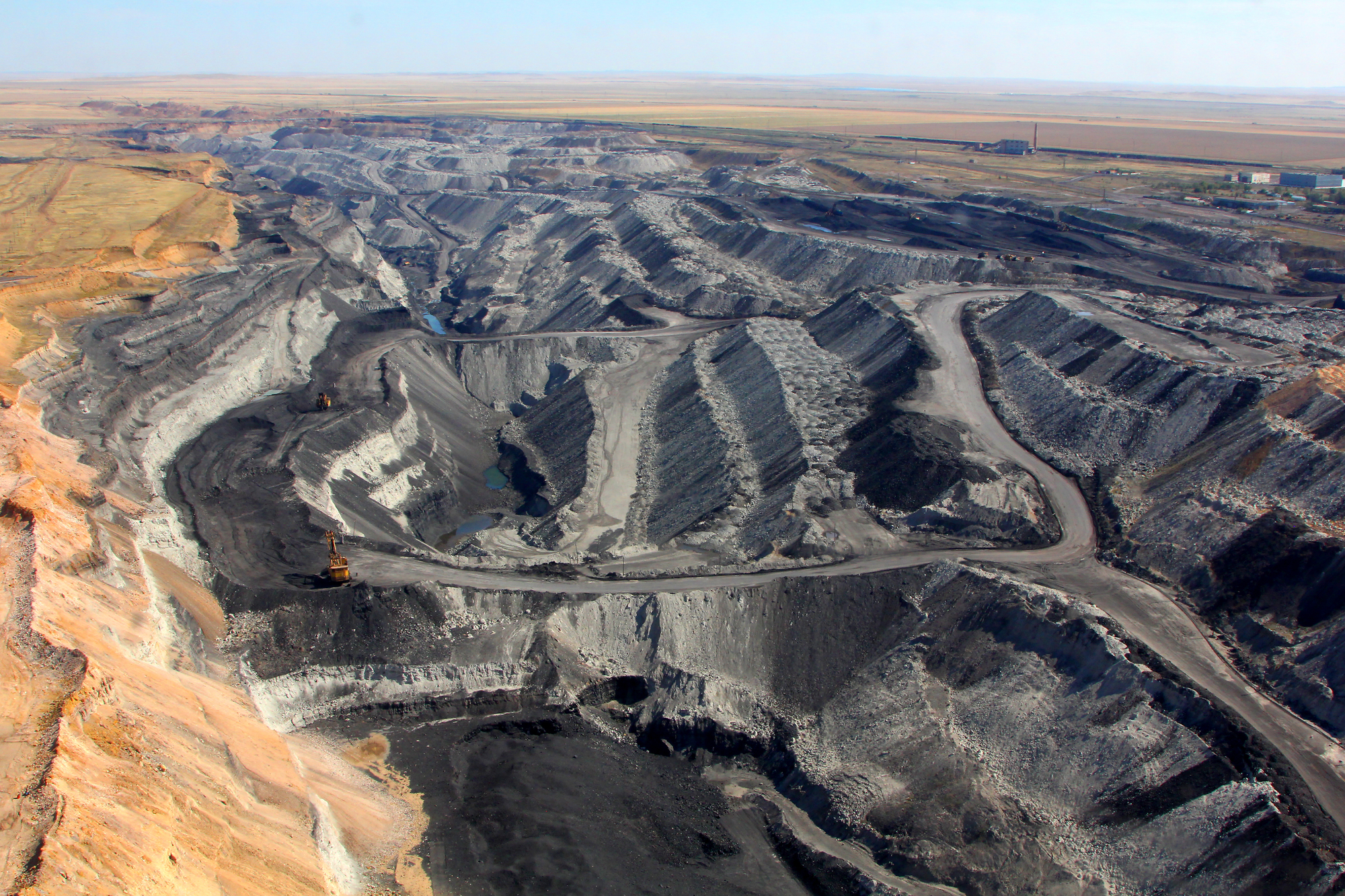

You probably realize that inhaling coal dust would be bad for you. But for the people who spend long shifts working in mines to extract the stuff, it’s a tangible occupational hazard. Even with protective gear and federal regulations on dust exposures, tiny particles of dust can enter miners’ lungs, causing a plethora of respiratory diseases.
For the last few decades, it looked like mining conditions were improving, along with the health outcomes among most miners. In 1970, the federal government implemented the Federal Coal Mine Health and Safety Act, which created the first national standard for safety regulations, including limits for the amounts of dust that coal miners could be exposed to. The Act mandated annual inspections at all underground coal mines, and introduced steep penalties for violations. It also provided health benefits and compensations for miners afflicted with fatal lung diseases like Progressive Massive Fibrosis, or black lung.
The Coal Workers’ Health Surveillance Program, also implemented in the ’70s, provided access to healthcare and preventative care for these types of diseases, and it worked—from 1970 to around 1990, miners who participated in the program rarely got black lung. But a research letter recently published in the Journal of the American Medical Association finds a disturbing reversal of that trend. Since the early 2000s, black lung has been on the rise again, and the cluster of more than 400 cases centers around Kentucky and Virginia.
“It never really went away,” says David Blackley, a researcher at the Centers for Disease Control. “We used to see it in miners in their 70s and 80s, and now it is more common among miners in their 40s and 50s.” Of the new set of reported black lung cases, the majority of miners are older or retired, but a greater proportion of miners than before are younger and have worked in mines for less than 20 years. It’s the largest cluster of black lung ever identified, and the years spent tracking the disease make it unlikely factors like higher reporting rates or better detection are to blame.
The disease gets its name because dust inhalation causes scarring in the lung tissue, which turns black as the condition worsens. It becomes harder and harder to breathe, until, as one miner told NPR, “You literally suffocate because you can’t get enough air.”
In 2016, the Mine Safety and Health Administration started enforcing a new rule that lowered the allowed dust exposure in mines per each miner’s shift from two milligrams of dust per cubic meter of air, to 1.5 milligrams per cubic meter. Lower limits are almost always better, says Cecile Rose, a pulmonologist and the director of Environmental and Occupational Health Sciences at the National Jewish Health Center. But there’s a key flaw in the regulation: it takes into account the total mass of dust exposure, but not the proportion of specific particles like silica in that dust.
Whereas the Environmental Protection Agency individually specifies the acceptable concentration of hundreds of contaminants in drinking water (for example, there can only be .002 milligrams of mercury per liter), the Mine Safety and Health Administration only regulates the overall exposure to coal dust. So technically speaking, it doesn’t matter if there’s a massive concentration of a particular toxin in coal dust, as long as that dust adds up to less than 1.5 miligrams per cubic meter of air. That would be similar to the EPA deciding that there could only be 2 milligrams per liter of any contaminant in the water you’re drinking. Our drinking water wouldn’t necessarily be safe, since some contaminants, like lead, are significantly more dangerous than others, like copper.
It may be the case that the overall dust limit isn’t as effective at preventing respiratory diseases among coal miners as a contaminant-by-contaminant approach. With better technology and techniques, mining companies have been able to profitably mine thinner seams of coal, which have more rock, or overburden. When that excess rock is broken and separated, particles like silicon dioxide and quartz, or crystalline silica dust, could be released at higher proportions.
“Silica is capable of entering the lungs in the way that other components of coal mine dust are not,” Rose says. The particles are smaller and can cause more damage than other components of dust when inhaled. “It is a very toxic dust, so if there’s an uptick in the percentage of the coal mine dust that’s silica, the lower standard may not protect people,” Rose says. In some preliminary research that Rose has worked on, biopsies of coal miners with black lung revealed very high levels of silica in the scarred tissue.
While further research on the impacts of silica and quartz is needed, a leading hypothesis in the scientific community is that the increase of silica is connected to more severe cases of lung disease. A 2011 Department of Health and Human Services report, for example, proposed the same idea. And in 1995, the National Institute for Occupational Health and Safety suggested a separate standard for crystalline silica (which was never adopted).
Even with better monitoring and detection—and better access to healthcare—there’s no cure for black lung. Miners who have evidence of the disease are legally allowed to request transfers to mines with dust concentrations even lower than the federal limit. But Blackley says miners who develop progressive massive fibrosis will either die from it or with it. Infections can more easily target weakened respiratory systems. Lung transplants are the last hope for many miners with the disease, but they’re costly and dangerous. The only way to truly eradicate black lung would be to eliminate exposure to coal dust entirely. “It begins and ends with that dust,” Blackley says.
A previous version of this article implied that black lung was more common in the 1970s and 1980s, when in fact, it used to be more common among miners who were 70 to 80 years old. We regret the error.
